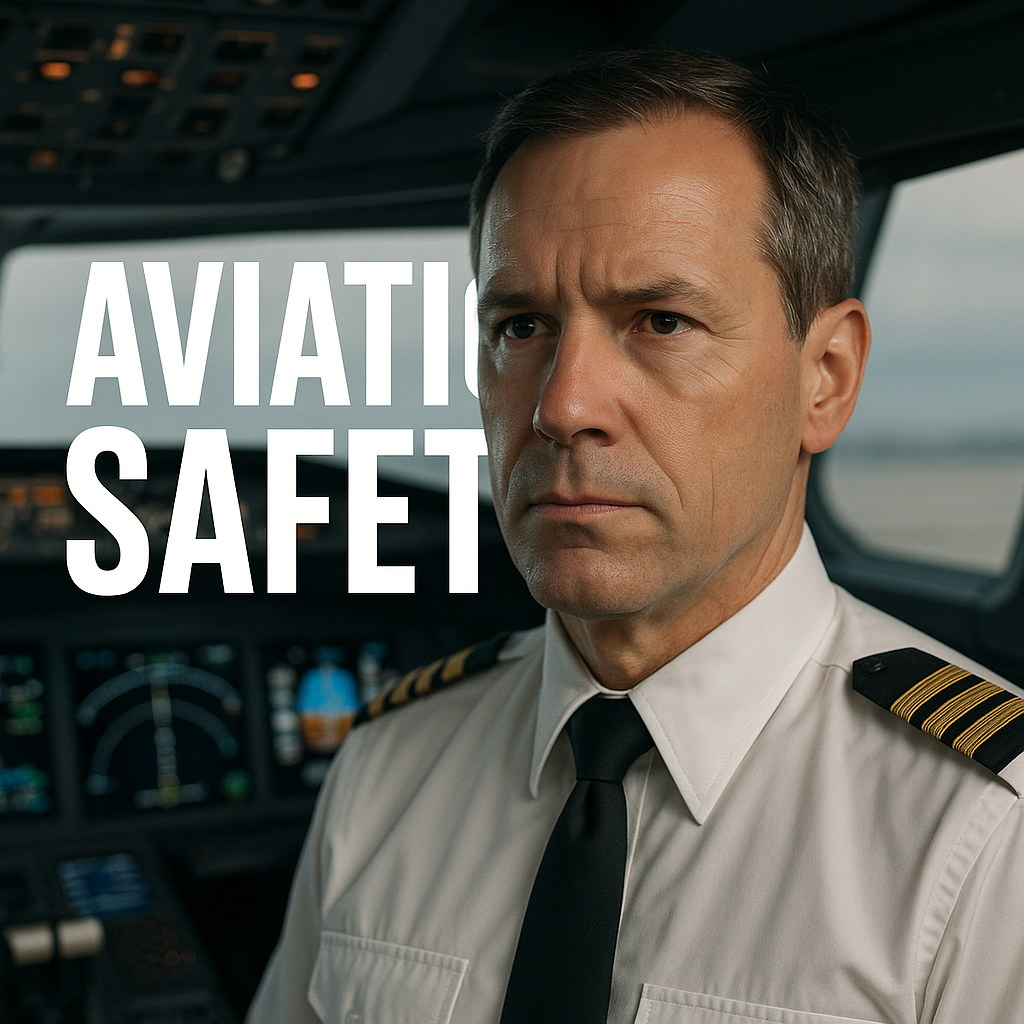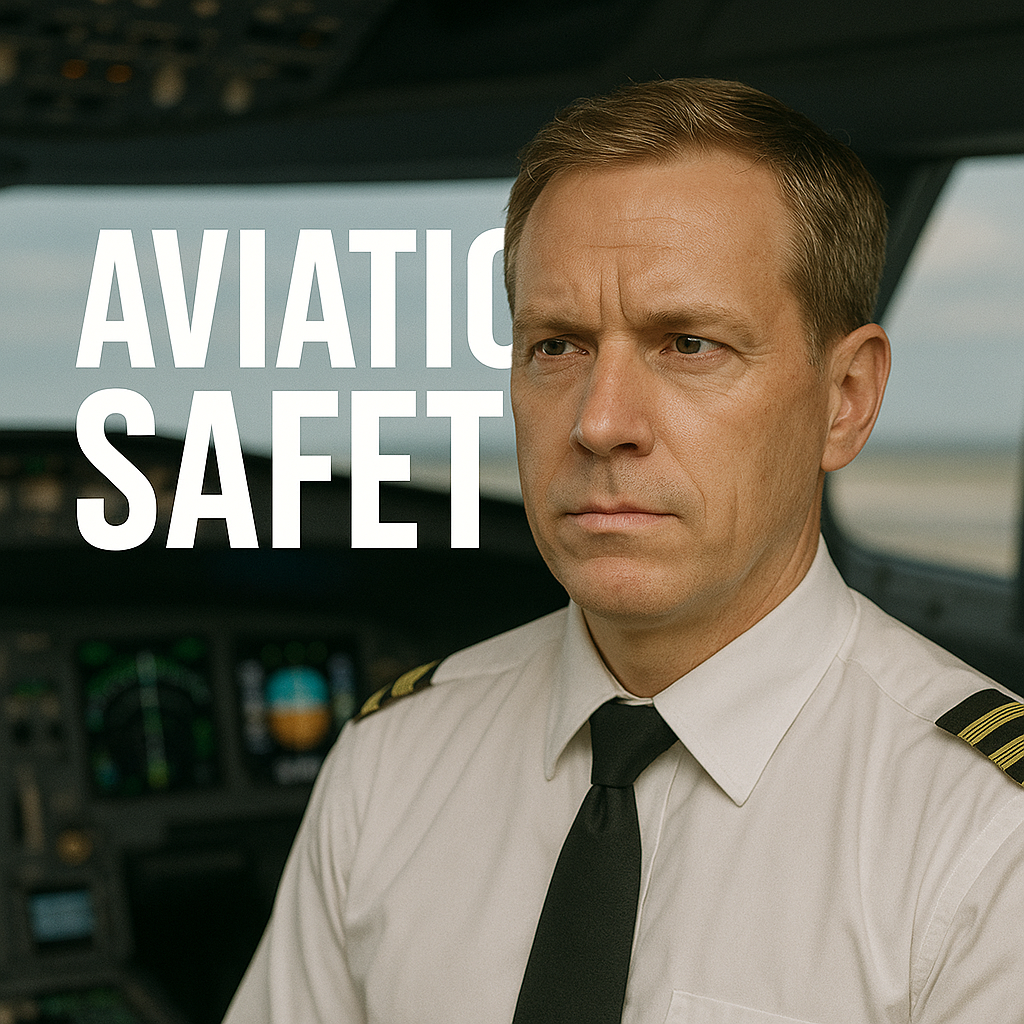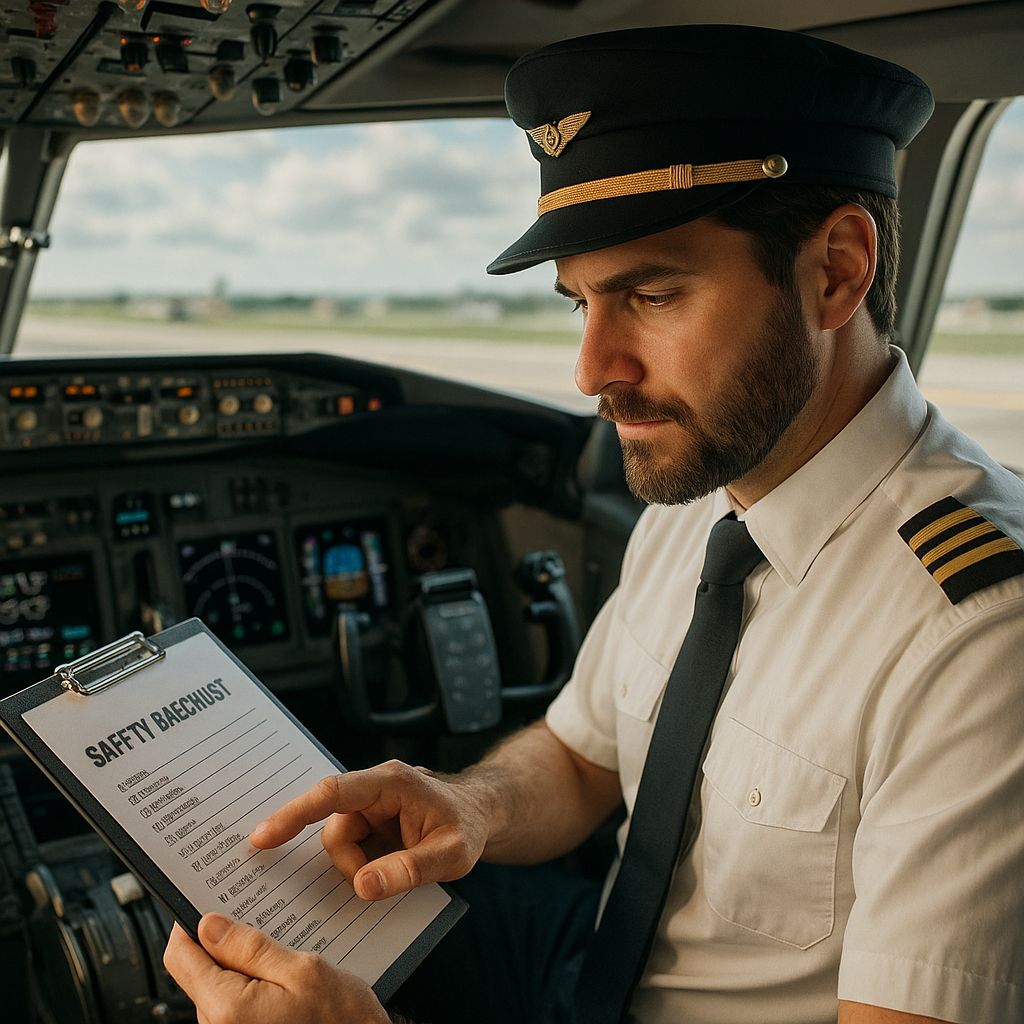Aviation safety and corporate decision-making are two sides of the same coin. While pilot training, crew coordination, and equipment maintenance are undeniably vital, the invisible hand steering long-term safety is often found in the boardroom, not the cockpit.
Every incident that occurs in aviation isn’t just a technical or human failure—it’s frequently a reflection of upstream decisions made by executives, managers, and regulators.

This article explores how aviation safety is fundamentally shaped by decisions at the organizational level, not just individual performance.
We’ll look at examples, risk frameworks, and the critical role of safety culture within aviation companies.
- Why Corporate Decisions Shape Aviation Safety Outcomes
- Real-World Examples of Safety Failures Rooted in Leadership Decisions
- How Corporate Culture Influences Frontline Safety
- The Cost of Cutting Corners
- Safety Management Systems (SMS): A Corporate Tool for Risk Governance
- Internal and External Accountability
- Internal Links to Explore Further:
- Conclusion: Aviation Safety and Corporate Decision-Making Are Inseparable
Why Corporate Decisions Shape Aviation Safety Outcomes
At its core, aviation is a high-risk, high-reliability industry. That means safety must be built into every level of decision-making—from how maintenance budgets are set to how fatigue is managed through scheduling.
Corporate leaders decide which safety protocols to implement, how strictly they are enforced, and how much weight safety holds compared to cost and profit. When budget constraints override safety investments, cracks begin to form in the system long before anything goes wrong in the sky.

Consider the 2019 Boeing 737 MAX crashes. Though pilot error and technical failure were cited, investigations revealed troubling patterns in decision-making by Boeing executives.
These included downplaying software changes, resisting pilot retraining, and prioritizing market competition over engineering transparency.
Real-World Examples of Safety Failures Rooted in Leadership Decisions
The Tenerife Airport Disaster
In 1977, the deadliest aviation accident in history took place in Tenerife. Two 747s collided on the runway, killing 583 people. While miscommunication in the cockpit was a factor, later analyses highlighted the role of organizational pressure.
One of the planes was under pressure to depart quickly due to strict crew duty limits—a reflection of rigid corporate scheduling and a lack of flexibility in high-stakes situations.
Colgan Air Flight 3407
In 2009, this regional airline crash near Buffalo, NY, brought attention to training standards and crew fatigue.
While the pilots’ experience and fatigue were direct causes, systemic issues like insufficient training investment and long duty hours were rooted in cost-saving decisions made at the executive level.
How Corporate Culture Influences Frontline Safety
Corporate safety culture refers to how safety is prioritized, communicated, and enforced throughout the organization. A strong culture encourages employees to speak up about risks, report near misses, and refuse unsafe practices—even under pressure. A weak culture, however, silences dissent and rewards risky shortcuts.

Aviation safety experts often say: “What gets measured gets managed.” If leadership only measures on-time departures and cost per mile, that’s where employee focus will go.
If safety metrics, whistleblower protections, and just culture principles are deeply embedded, risk awareness and prevention become daily practice.
Key features of a positive safety culture include:
- Transparent communication
- Non-punitive reporting systems
- Empowerment to stop unsafe operations
- Leadership commitment at all levels
The Cost of Cutting Corners
Corporate decision-making in aviation often includes balancing efficiency, cost, and safety. However, prioritizing cost over safety almost always backfires.
Aircraft maintenance is a prime example. Outsourcing to cheaper vendors or extending inspection intervals may save money temporarily, but can lead to catastrophic failures. Similarly, poor crew scheduling can result in fatigue-related incidents—an invisible but deadly threat.
The aviation industry is rife with examples where failing to invest in proper risk management, training, or technology upgrades resulted in avoidable disasters.
Safety Management Systems (SMS): A Corporate Tool for Risk Governance
A Safety Management System (SMS) is an internationally accepted framework for managing aviation safety risk. Regulatory agencies like Transport Canada and the FAA require SMS implementation for air operators. This system involves:
- Hazard Identification and Risk Management
- Safety Assurance
- Safety Promotion and Communication
- Safety Policy and Objectives
An effective SMS empowers every employee to be a safety steward while ensuring management takes accountability for systemic risks—not just individual errors.
Internal and External Accountability
For true aviation safety, internal corporate governance must align with external regulatory oversight. While regulators set the minimum bar, it’s up to corporate leaders to exceed it.
Public accountability, transparent audits, and third-party assessments are vital in keeping airline operators responsible not just to shareholders but to passengers and the public.
For example, Canada’s Transportation Safety Board (TSB) provides independent investigations that often highlight where corporate systems failed, not just frontline staff. Sites like OHSE.ca also offer insights and guidance into workplace safety management that are relevant across industries, including aviation.
Internal Links to Explore Further:
- Pre-Task Risk Assessments (PTRAs): The Smartest Step Before Any Job
- The Role of Safety Committees in Reducing Workplace Injuries
- Top 10 Daily Habits That Make Workplaces Safer
Conclusion: Aviation Safety and Corporate Decision-Making Are Inseparable
Aviation safety and corporate decision-making must be understood as deeply interconnected. No amount of pilot skill or engineering brilliance can fully compensate for a boardroom that chooses cost over caution.
From scheduling and staffing to maintenance and culture, executives wield immense influence over flight safety—even if they never step foot on an aircraft. The aviation industry must continue to evolve, not just technologically but ethically, ensuring that every policy, budget, and business strategy is filtered through the lens of safety.
Because in the end, every safe landing begins long before takeoff—with the choices made at the top.

No comments yet